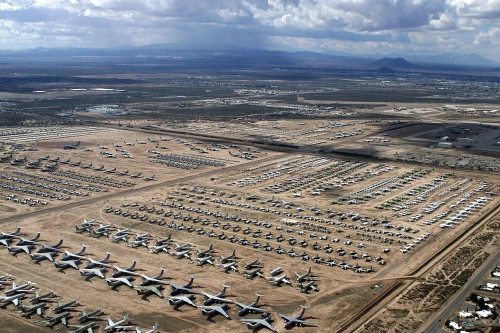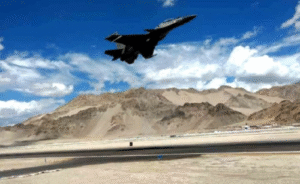The Arizona desert in the United States is home to the world’s largest airplane graveyard, a sprawling expanse where retired aircraft from around the globe come to rest. Covering an area equivalent to roughly 1,300 football fields, this unique site is a striking testament to aviation history and industrial scale.
Officially known as the 309th Aerospace Maintenance and Regeneration Group (AMARG), the graveyard houses thousands of decommissioned planes, ranging from commercial airliners to military jets. Aircraft are carefully stored and preserved in the dry desert climate, which slows corrosion and allows planes to remain in usable condition for parts reclamation, resale, or future restoration.
Visitors and aviation enthusiasts are often fascinated by the sheer size of the site, where rows upon rows of airplanes stretch across the desert landscape, creating a surreal “cemetery of flight.” The facility plays a crucial role in recycling valuable aircraft components, supporting global aviation logistics, and maintaining historical records of retired fleets.
Experts note that the graveyard is not just a storage site, but a carefully managed operation. Some aircraft are preserved for potential reactivation, others are stripped for parts to supply active aircraft worldwide, and a few even find their way into museums or private collections.
The Arizona airplane graveyard offers a glimpse into the lifecycle of aviation technology, showcasing how the aviation industry responsibly manages retired aircraft while preserving a piece of aviation history. Its vast scale and organization make it a unique landmark for travelers and aviation enthusiasts alike.







